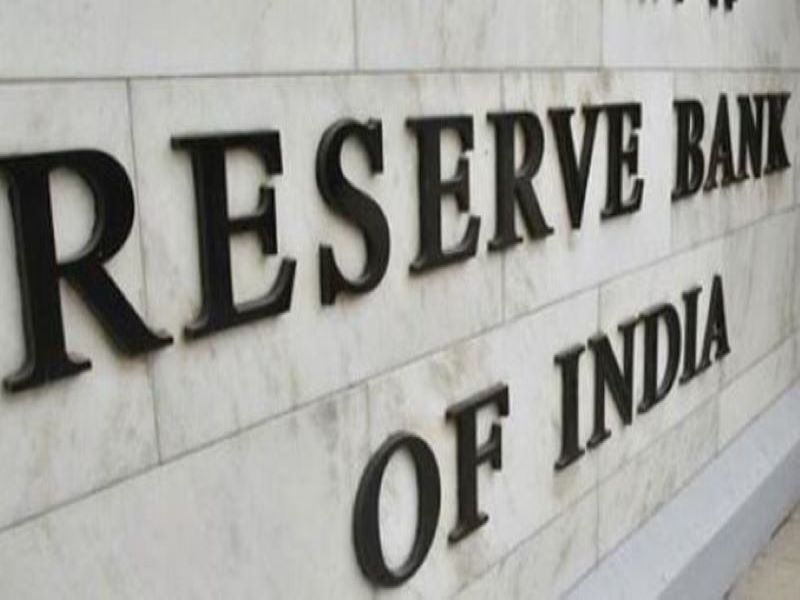 Digital Currency
Digital Currency Mumbai: The Reserve Bank of India (RBI) is all set to start testing and running pilot projects of Central Bank Digital Currency (CBDC) after legislative enablement by the Centre, RBI Deputy Governor T. Rabi Shankar said in a post monetary policy committee press conference.
Finance Minister Nirmala Sitharaman had announced in her Budget speech that the RBI will launch CBDC in the present fiscal. CBDC is a digital form of fiat currency.
Shankar said RBI's approach towards CBDCs will be calibrated and nuanced as it will have various implications for the economy and monetary policy.
“We will probably start off with one pilot and move on from one to the other. The wholesale segment is probably the first one we will try out as it will be the easiest to implement. The other segments are more technology-intensive,” he said, adding that the central bank wants to introduce CBDC in a manner that is non-disruptive.
Digital payments have risen at an average annual growth rate of about 50 percent of all transactions in India and the currency supply has also almost doubled, and for transactions below Rs 500, the percentage goes up to 70 percent, he said yesterday, citing a 2018-2019 RBI survey.
Hence, he said, CBDCs have a scope to replace cash to some extent, Shankar said.
Shankar said CBDC in India will be only the digital form of paper currency with no other distinction.
While 87 countries globally, accounting for 90 percent of world GDP, are in some way or the other, looking actively at CBDCs, their impact on monetary policy effectiveness, the transmission of rates, currency leakage, and privacy and data protection are some of the challenges that need to be dealt with and thus the RBI is cautiously moving ahead with the implementation of the project, Shankar had said.
He said one of the top considerations in introducing new technologies is especially for a central bank, is that it should “do no harm”.
“I think central banks would go about it in a very calibrated, graduated manner, assessing impact all along the line and then making those connections with what is most demanded,” he said.
CBDCs could affect the transactional demand for deposits in the banking system, he said.
“To the extent that happens, the deposit creation would get affected negatively and to that extent the ability to create credit by the banking system also goes down…to the extent low cost transactional deposits move away from the banking system, the average cost of deposits might go up, which generally would lead to slight upward pressure on the cost of funds in the system itself," he said.
Speaking about the RBI deputy governor’s comments on CBDC, Harish Prasad, head of banking at FIS, said it is clear that the Reserve Bank is trying to establish a fine balance on the proposed CBDC keeping various considerations in mind.
Primary amongst these is the risk that the CBDC could pose to demand deposits withing the banking system today, i.e. if people preferred to hold CBDCs over holding demand deposits with banks. This could have far-reaching impact to the functioning of the banking system as well as to cost of funds and it is critical that this does not end up becoming an outcome of the proposed CBDC. It has been reiterated that holding money in the form of the proposed CBDC does not entitle the holder to any interest, and this addresses this risk to an extent.
“The Deputy Governor’s statements also throw light on some of the key drivers behind the Indian CBDC. The need to reduce levels of physical currency to driver better efficiency and lower costs around national currency management, which has been well-known for long," Prasad added.
Secondly, his comments around Dollarization threats and the rise of various Stablecoins pegged to the Dollar offering a way of instantaneously swapping Crypto holdings into USD funds via an intermediate vehicle such as dollar-pegged Stablecoins gives some good insights into how RBI is thinking. Stablecoins have indeed played a major role in supporting the rise of cryptocurrencies, and this is sought to be curbed via positioning CBDCs as a fully digital transactional currency.
Support Our Journalism
We cannot do without you.. your contribution supports unbiased journalism
IBNS is not driven by any ism- not wokeism, not racism, not skewed secularism, not hyper right-wing or left liberal ideals, nor by any hardline religious beliefs or hyper nationalism. We want to serve you good old objective news, as they are. We do not judge or preach. We let people decide for themselves. We only try to present factual and well-sourced news.







